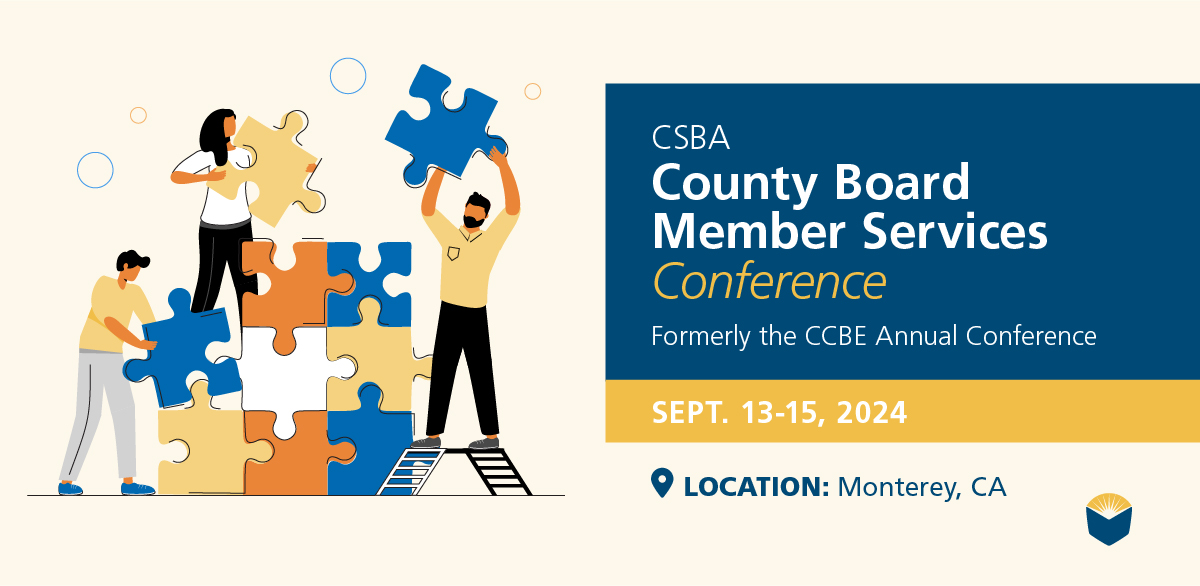The California Collaborative for Educational Excellence, a key agency in the state’s System of Support, hosted its inaugural public event on Nov. 14 in downtown Sacramento. “Equity in Action: A Real-Time Look at What’s Working in California Schools” featured work being done in partnership with county offices of education and districts around the state to create more equitable educational outcomes for three underserved student groups: English learners, foster youth and African American students.
The first of a two-part overview of the CCEE event and these partnerships focuses on English learners.
Improving English learner outcomes through professional development
More than 40 percent of California’s public school students speak a language other than English at home. Results from the state’s 2018–19 Smarter Balanced tests show that only 12.7 percent of English learners met or exceeded grade-level standards in English language arts, compared to 56.2 percent of English-only students. Similarly, 12.6 percent of ELs met or exceeded standards in mathematics compared to 44.4 percent of English-only students.
The CCEE launched pilot partnerships with districts across the state to improve these outcomes for English learners. A panel at the event featured speakers from two such partnerships in Southern California districts — a professional learning community with Local District Central in the Los Angeles Unified School District, and a pilot program with Anaheim Union High School District that focuses on intensive leadership development in partnership with California State University, Fullerton.
No matter the avenue to improvement, each team began with an examination of the data. Former LAUSD-LDC Administrator of Instruction Natividad Rozsa likened the deep dive into data to working backward. “If our English learners aren’t learning — what are the causes?” she asked. The team concluded that instruction for English learners lacked rigor and that teaching across all subjects needed to be aligned with English Language Development standards. These conclusions were confirmed by parent and student interviews, which found most students were not being challenged and engaged in school.
Led by a CCEE-appointed coach, the L.A. professional learning community developed its current strategy centered on curriculum alignment and providing more planning time for teachers. The PLC is continuing its focus on building teacher capacity to integrate ELD standards into core content courses so that instruction is targeted to specific learning needs and abilities of English learners. The standards reflect clear sequences, meaning each lesson, course and grade level is building upon the previous one.
At Anaheim Union HSD, the CCEE provided funding and guidance to connect the district with CSU Fullerton’s Department of Educational Leadership to co-design a pioneering Preliminary Administrative Services Credential Program. The program asked AUHSD to identify teachers who could potentially become future administrators with an expertise in improving EL outcomes. Candidates build their capacity through coursework and support aimed at improving outcomes for specific EL students; coaching colleagues to do the same; and then leading a team of teachers, counselors and/or school leaders in improving EL outcomes at school sites. As the program continues, these teams will compile student performance data based on defined learning targets and evaluate what strategies are working.
Other bright spots in English learner achievement
The EL student group is unique in that new students move into the EL category as they enter school and out of the category as they achieve English proficiency. Another highlight of the state’s English learner progress is spotlighted by the 2018–19 Smarter Balanced test results for reclassified fluent English proficient students (RFEPs): In English language arts, 59.8 percent of RFEPs met or exceeded grade-level expectations — a percentage slightly higher than English-only students; in math, 43.1 percent of RFEP students met or exceeded grade-level expectations, just a 1.3 percentage-point gap with English-only students.
And results from students who enter school proficient in English and another language highlight the asset of bilingualism overall — in both ELA and mathematics, and in all tested grades, a significantly larger proportion of these initially fluent English proficient students met or exceeded standards than their English-only peers
CSBA resources for English learners:
- Governance briefs and research spotlight: www.csba.org/Englishlearners
- California Schools magazine, winter 2017: Charting new pathways for California’s English learners





